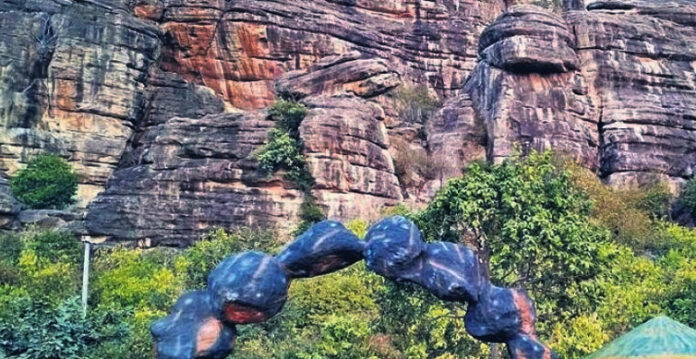India is a place steeped in history, with a complex tapestry of traditions, customs, rituals, and beliefs. Its varied cultures, languages, and lifestyles live peacefully, setting it apart from other countries. Telangana, a southern Indian state, exemplifies this distinctive facet of India’s cultural diversity.
While Telangana is one of India’s youngest states, having been founded as the 29th state only a decade ago, it has a rich past, wonderful legacy, culture, and a bright future. Geographically, it connects northern and southern India, creating a melting pot of distinct Indian traditions.
Telangana, despite its new statehood, has deep historical roots and innumerable undiscovered legends. These lesser-known Telangana facts are not only astounding, but they also help to reframe and expand our understanding of Indian history, particularly Telangana’s unique significance.
Pandavula Gutta: Historians frequently link the presence of primitive people in India back to 35,000 years to the Bhimbetka district of Madhya Pradesh. New discoveries from “Pandavula Gutta” in Telangana’s Jayashankar Bhupalapally district, however, imply that primitive people were present in India circa 45,000 years ago. The rock art murals on the hill’s walls give new insight on India’s ancient past and call into question previously held beliefs. Carbon dating studies and archaeological explorations at Pandavula Gutta have uncovered evidence that extends the antiquity of early people in India further back than previously thought.
ALSO READ : Annual Government Job Recruitment Promise by Minister Rama Rao
Asmaka, the Maha Janapada: The “Maha Janapadas” emerged at the start of the sixth century BC, after the “Gana Rajyas” or tribal republics. These early kingdoms were characterized by systematic administration, structured rule, and unique cultural traditions. Anga, Vanga, Kalinga, Kamboja, Vatsa, Vajji, Chedi, Kashi, Kosala, Avanti, Matsya, and Magadha were prominent Maha Janapadas in northern India. However, “Asmaka,” which corresponds to the present-day Bodhan area in Nizamabad district, was the sole Maha Janapada in southern India. Urbanization and the growth of new faiths such as Jainism and Buddhism had a huge impact on India’s history during this period. Bodhan’s evolution from Asmaka to Bahudhanyapuram to Bodhanapuram to the present-day Bodhan represents Telangana’s wonderful historical journey.
Shatavahanas’ First Capital:The Shatavahanas were a powerful dynasty that reigned over southern India for more than 400 years, from the second century BC to the third century AD. What’s remarkable is that their initial capital was Kotilingala, which is now located in Telangana’s Karimnagar district. The Shatavahana monarchs later enlarged their realm and relocated their capital from Dharanikota to Prathishtanapuram. This emphasizes Telangana’s significance in the history of the renowned Shatavahana dynasty.
(This story is sourced from a third-party syndicated feed. Raavi Media takes no responsibility or liability of any nature. Raavi Media management/ythisnews.com can alter or delete the content without notice for any reason.)


